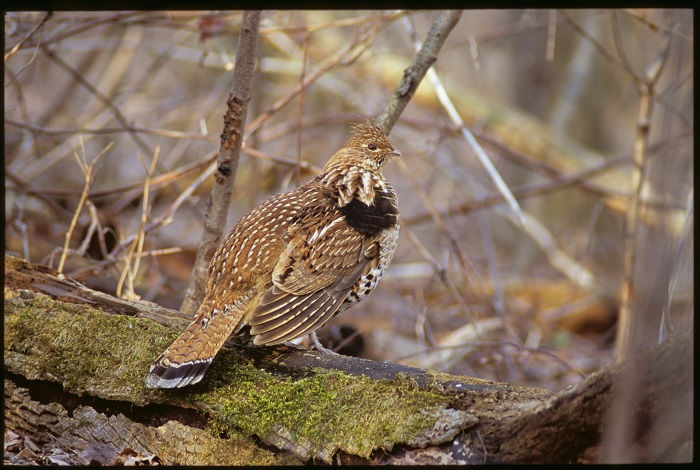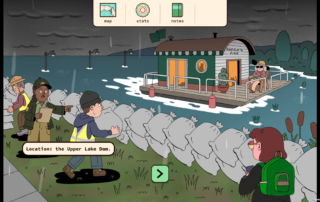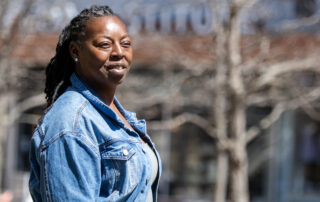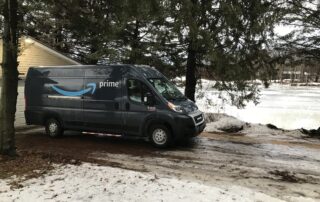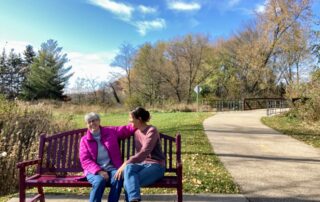Despite coming to this Oneida County lake for 52 years, I can still drive 10 minutes to a forest road I’ve never walked before. Like deer, we seldom stray far from our habitual paths. I back the truck off the road, uncase my gun, and put three shells in for the partridge hunt. The fall equinox has passed, and the leaves have gone their golden red ways
Dad and I, and sometimes mom, would walk similar logging roads falls ago. The memories layered in my mind like detritus: the more recent, crisp-fresh, the older, moldy-dark, transforming into the humus that sustains the roots of my being. Before I was old enough to carry a gun, I carried a stick, and dad instructed me on keeping the “gun” pointed in a safe direction at all times. When I was ready, I got to carry my BB gun, then an unloaded shotgun, then a loaded shotgun, all the while steeped in the ways of partridge: that they picked stones for their gizzard along the road in first light; that they relished wintergreen leaves and berries in alder thickets along the creek; that in the afternoon on gusty November days they favored a sunny, southern slope beneath the hazelbrush.
Without a dog, we needed to creep stealthily watching, listening, even smelling. After several flushes, the brain begins to associate a partridge’s explosive burst with the smell of those places. Maybe it’s dampened aspen leaves, maybe it’s fir needles in sphagnum, maybe it’s sun-roasted pine needles. You become your own dog, more closely attuned to the world. We interspersed our slow walk with frequent pauses. During pauses, we’d ready, because if a bird is near, it’ll get nervous, cluck a few times and take off. Or it will wait for the first step you take after pausing, or the next step. You never know.
The trail curves, dividing a red pine stand from an aspen copse. The pines shelter the copse under which grow blackberry brambles, wine red, and a soft bed of dwarf dogwood and sedge, still green. Partridge pops through bramble. Too fast. Too far. I never get the safety off. The trail descends and ten yards to my left, another whir of wings and gone. So close, yet cloaked by hazelbrush. The trail fades at the bottom of a bowl. A final bird rises above the hazel, straight away. I take the easiest shot in the book. And miss.
Sitting on a fallen log, I smoke Half-Half tobacco in a corn cob pipe in honor of dad. Like the red squirrel dismembering a pine cone a few feet away, I tackle a celebratory Cortland. I look down at my Uncle Al’s hunting coat- tattered, faded corduroy, and Duxback. I think of the swamps and meadow edges, frozen rain, and lingering autumnal sun that it’s absorbed. Across my lap, dad’s Model 12. The varnish on the walnut grip worn by the friction and sweat of his palm. Someday, the jacket will be unwearable. Someday, the gun could be in a landfill. Even so, they outlasted their original owners. Or did they? In the stillness, I feel them, streaming through my blood.
Bruce Stewart is a teacher in Baraboo.
